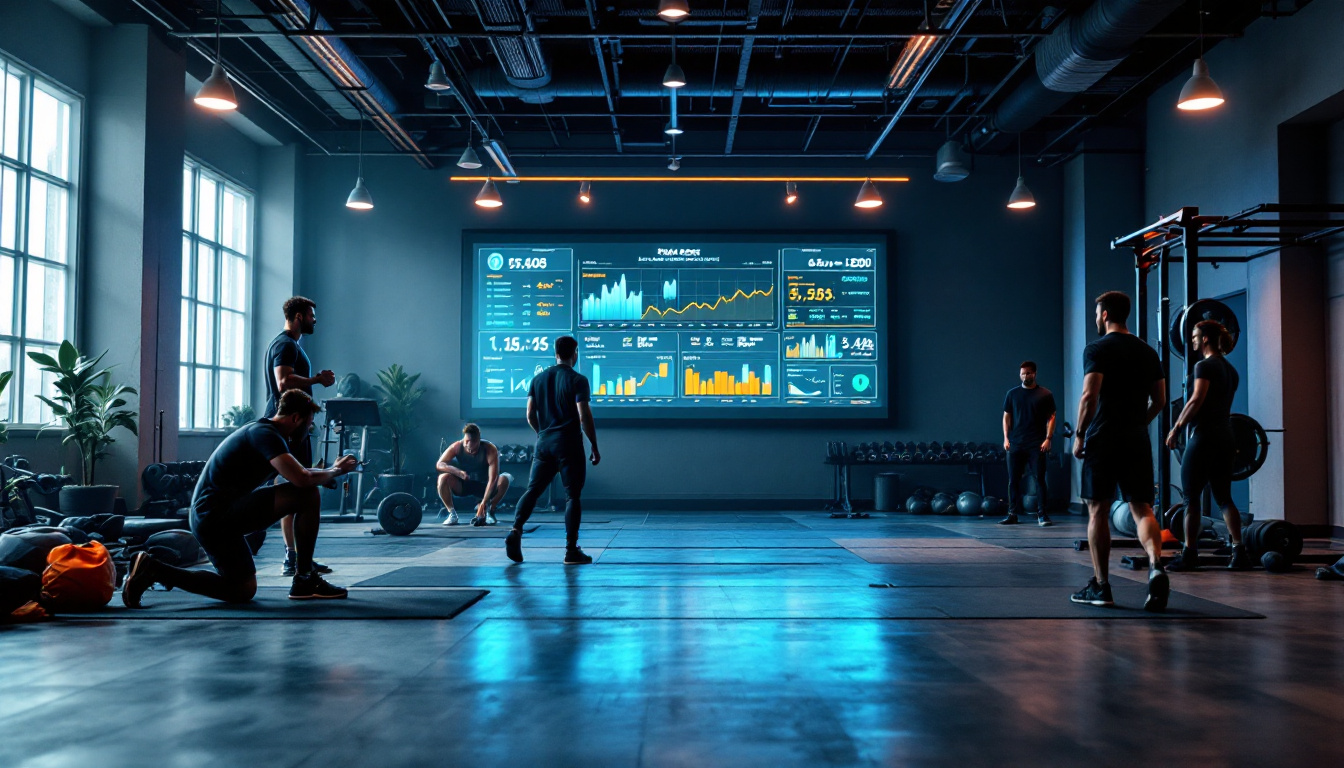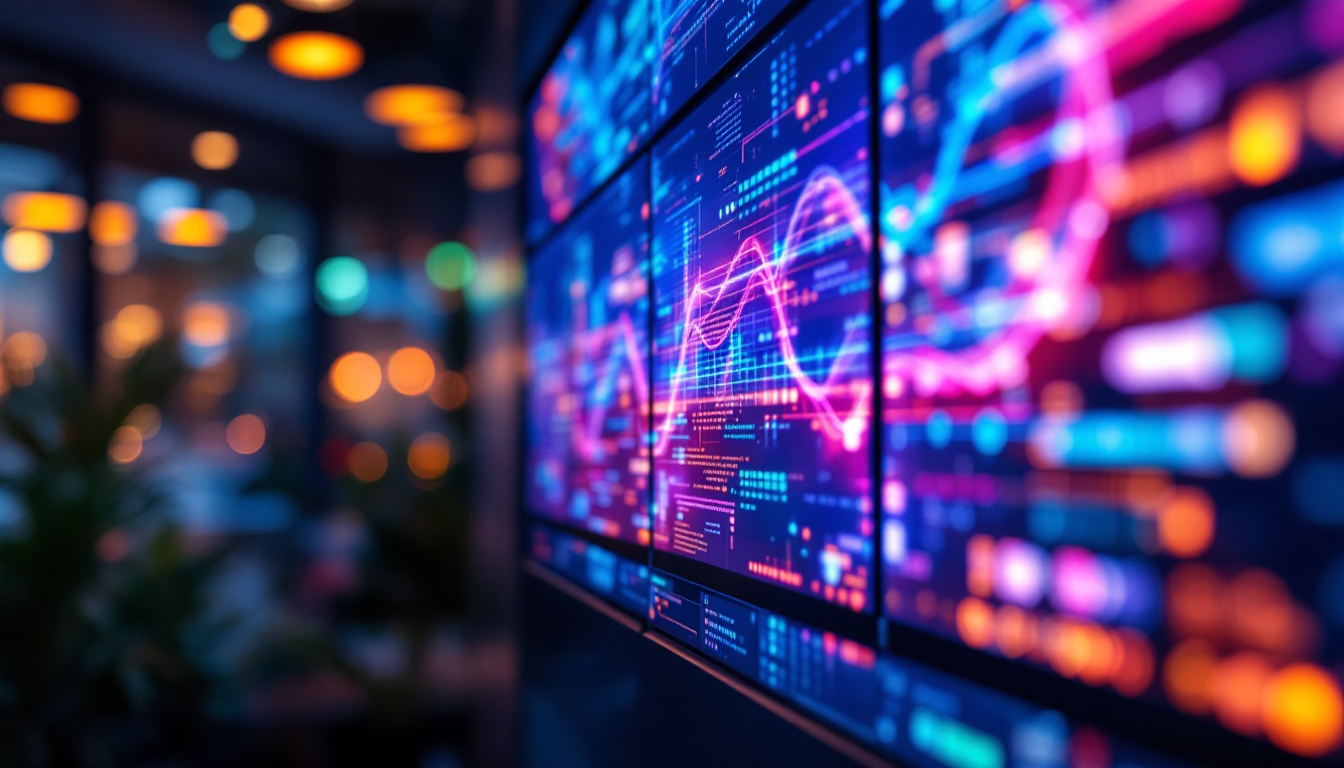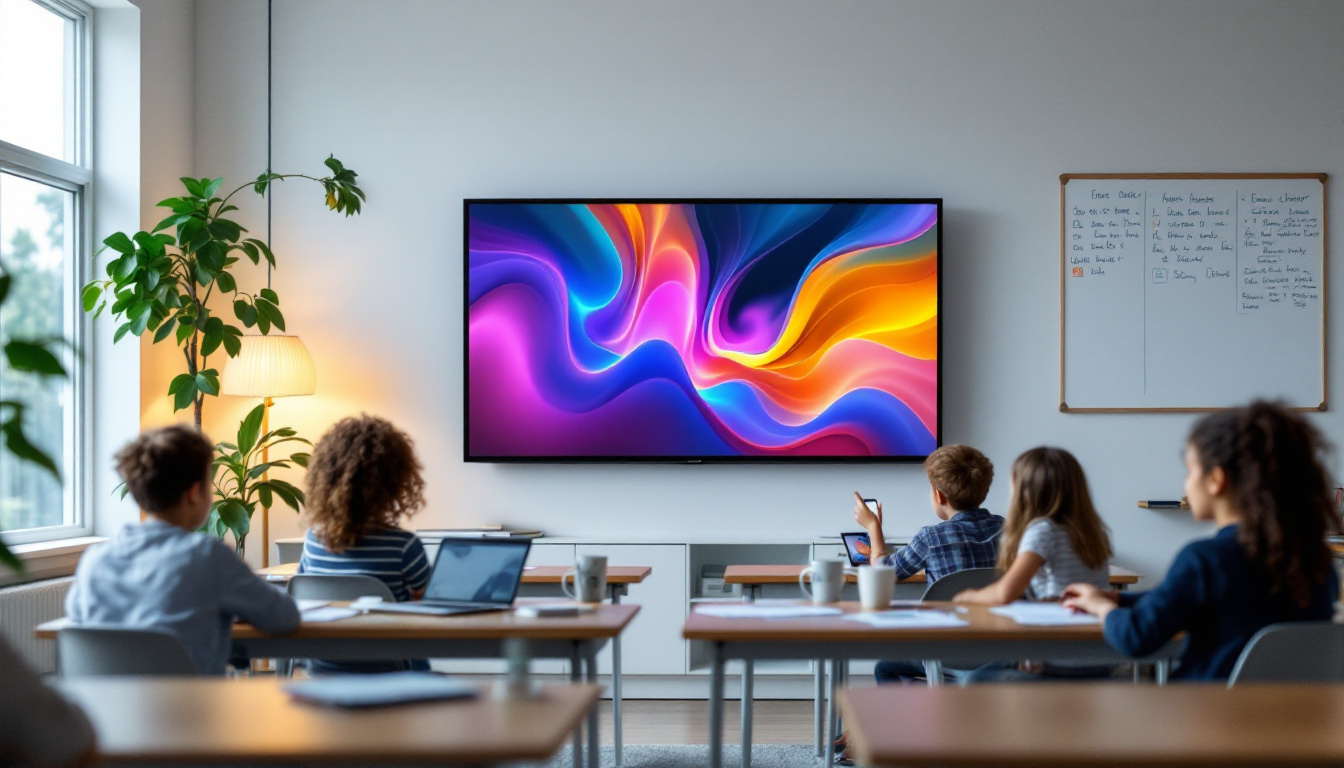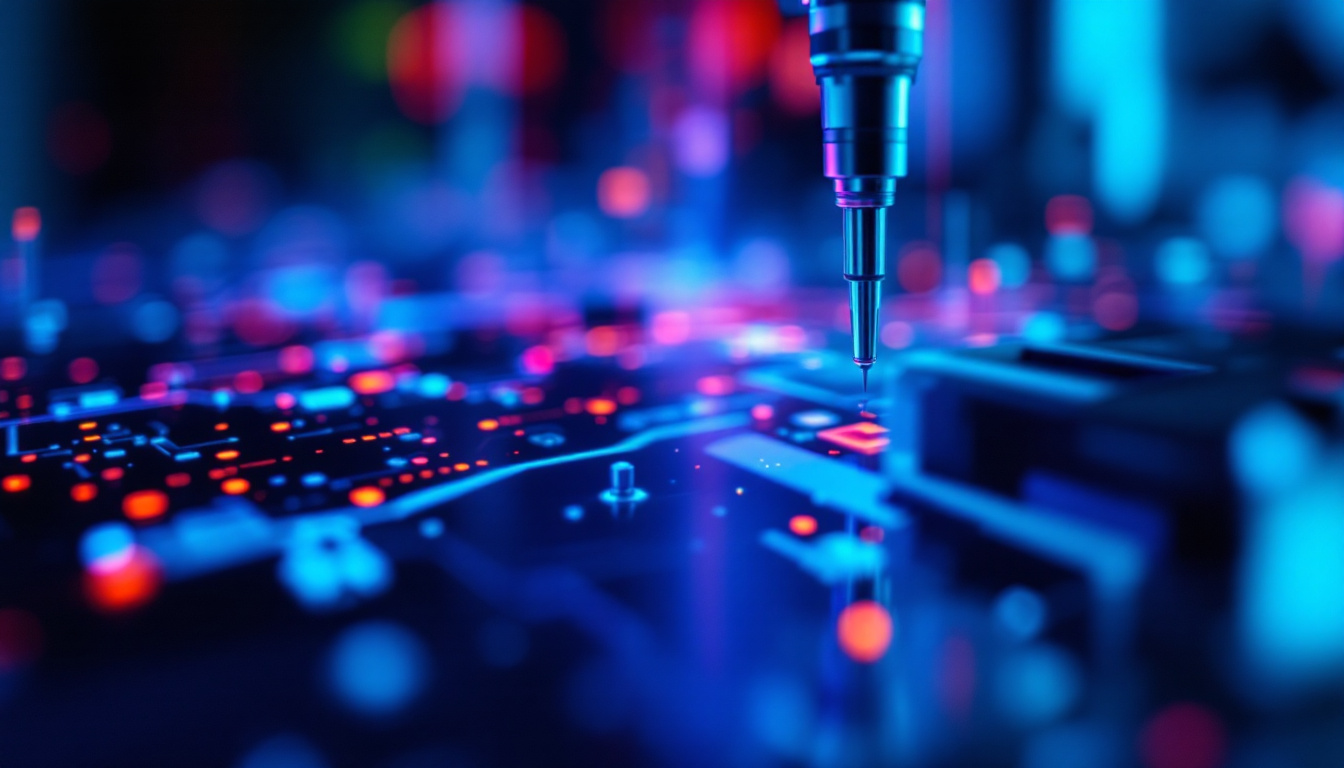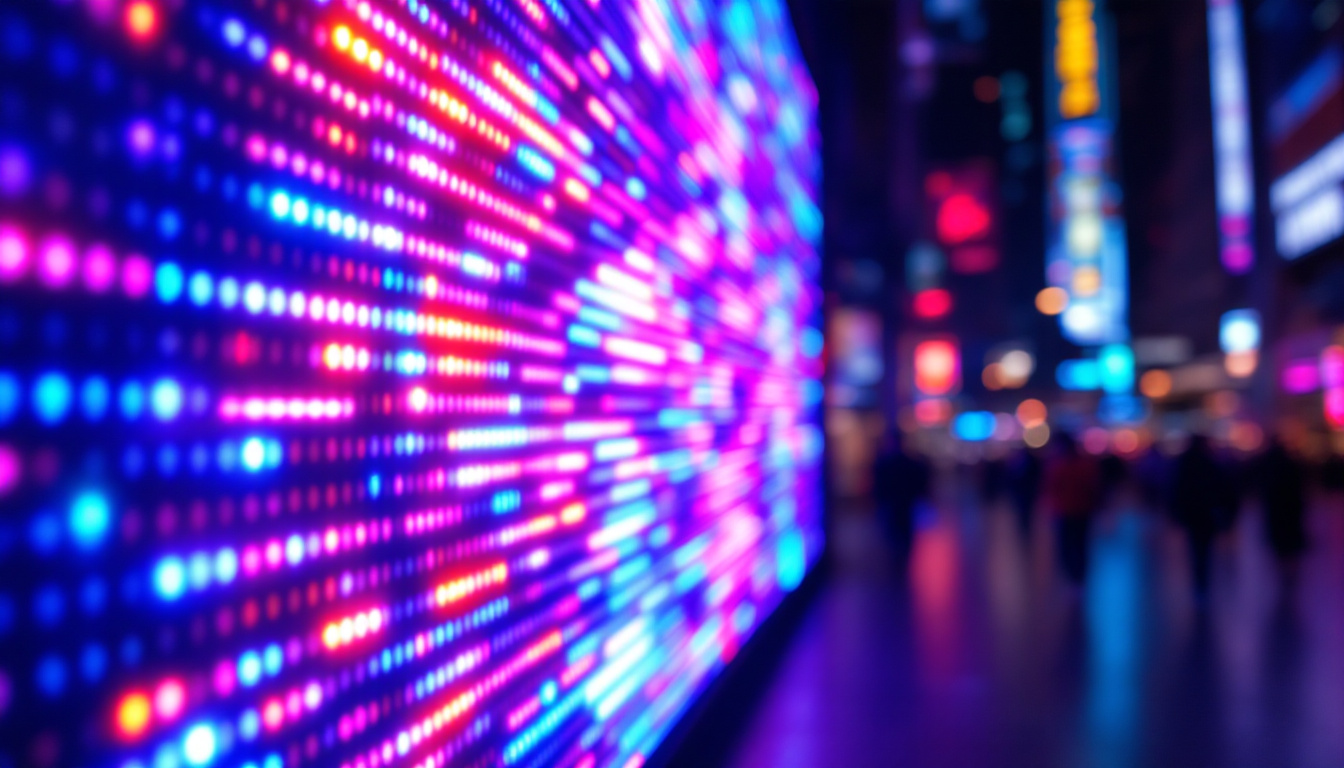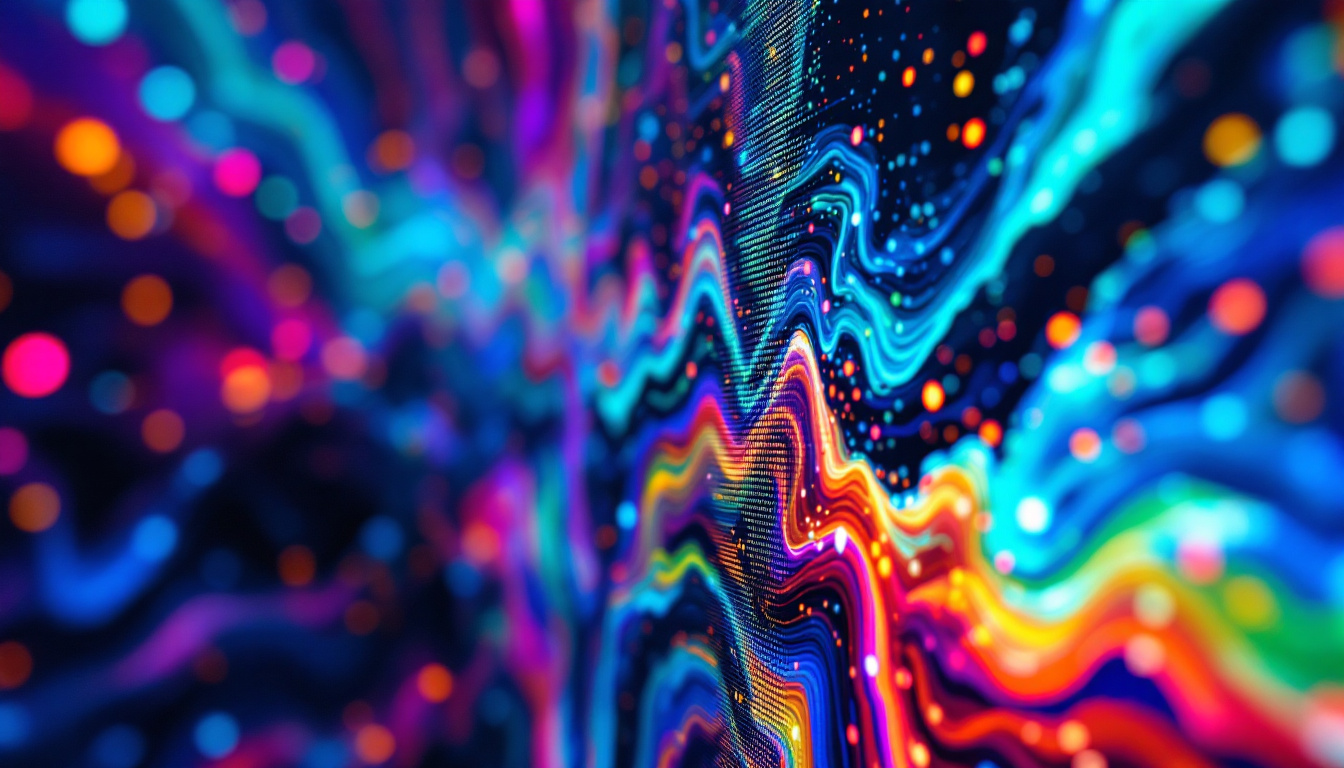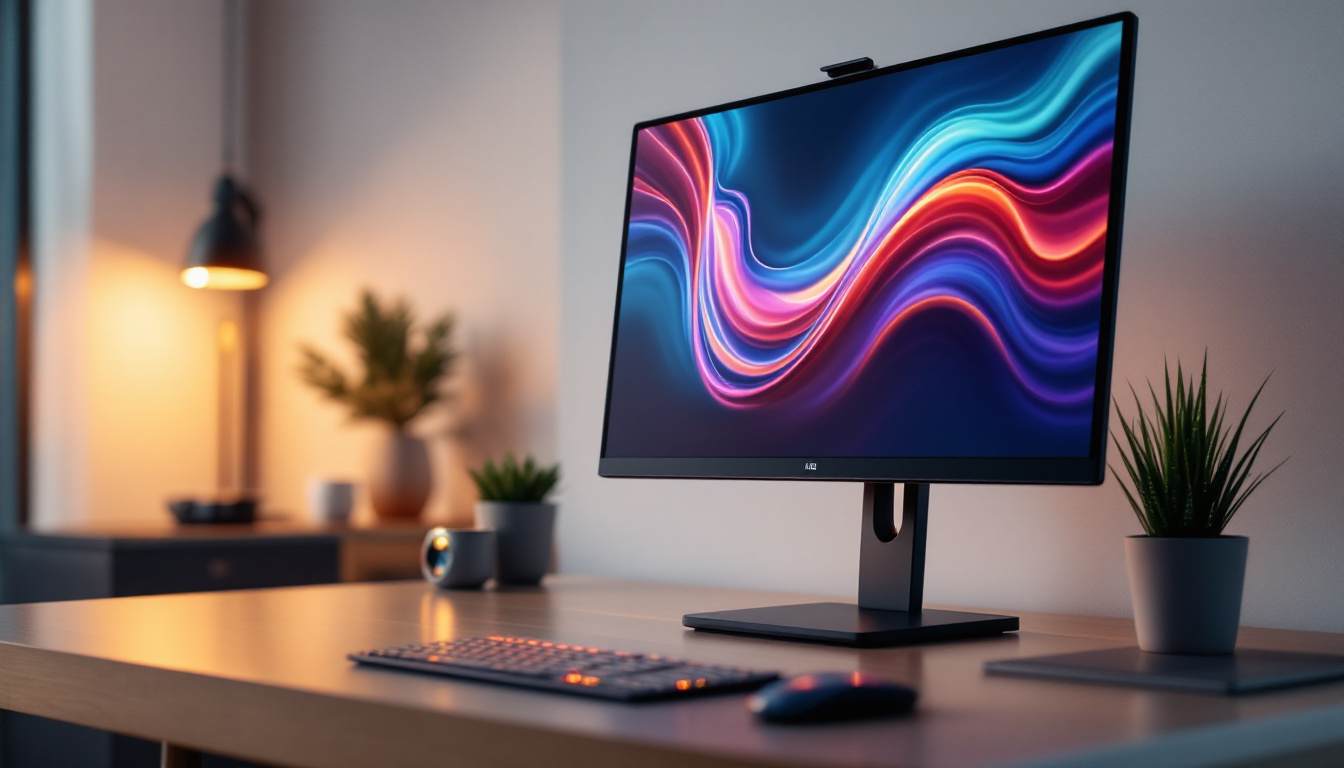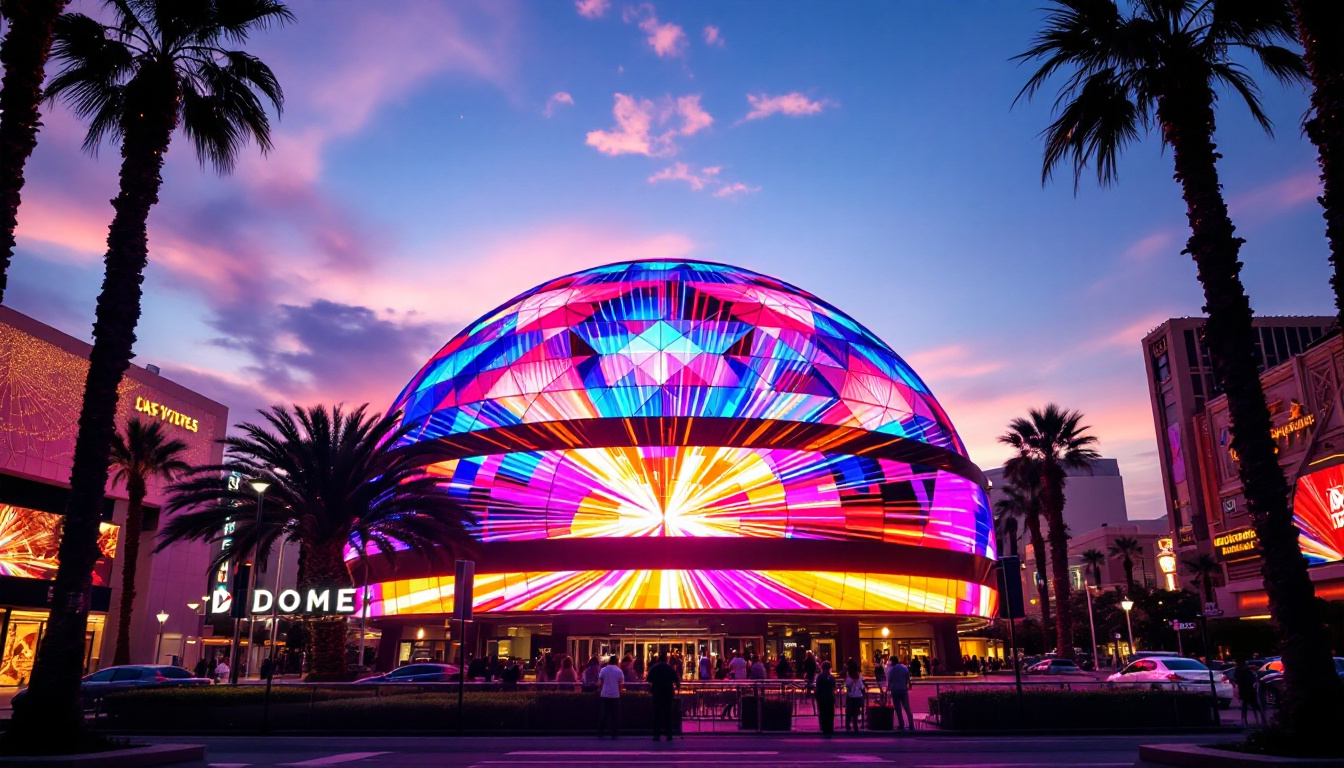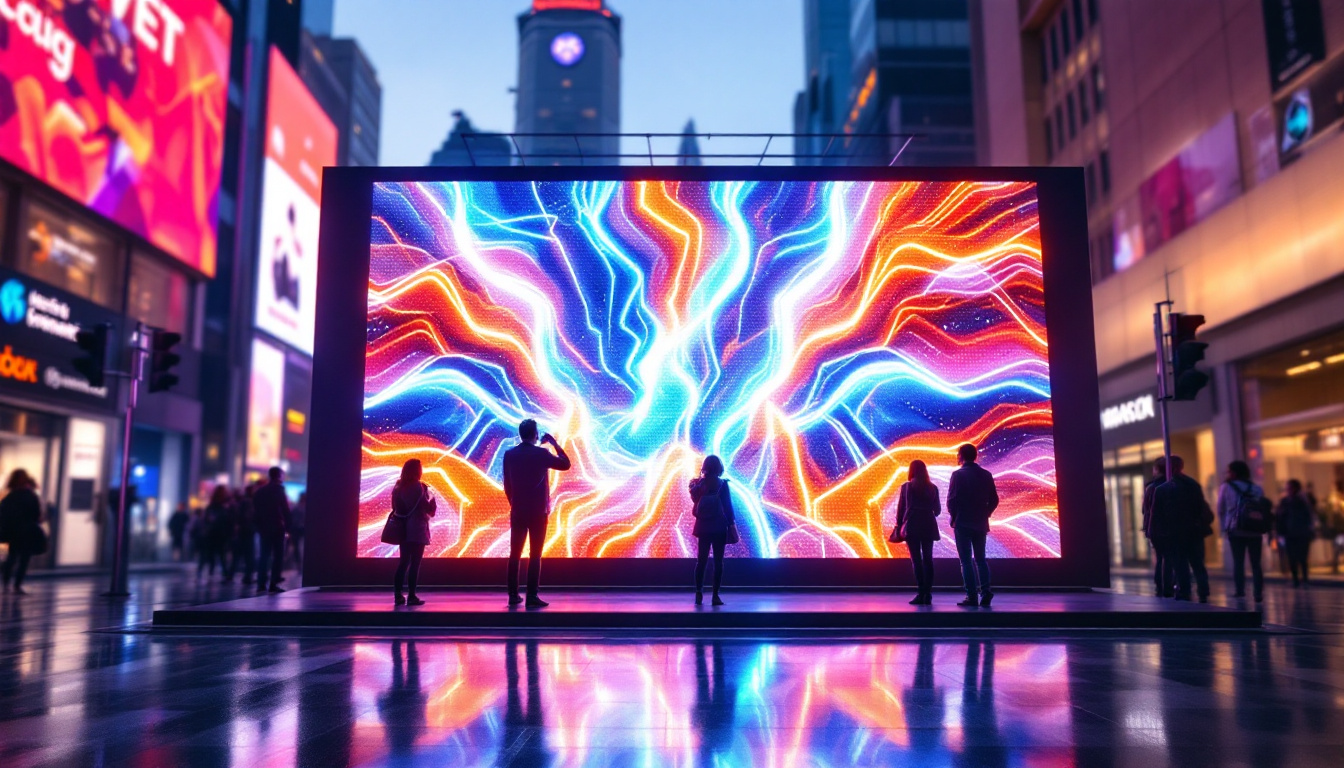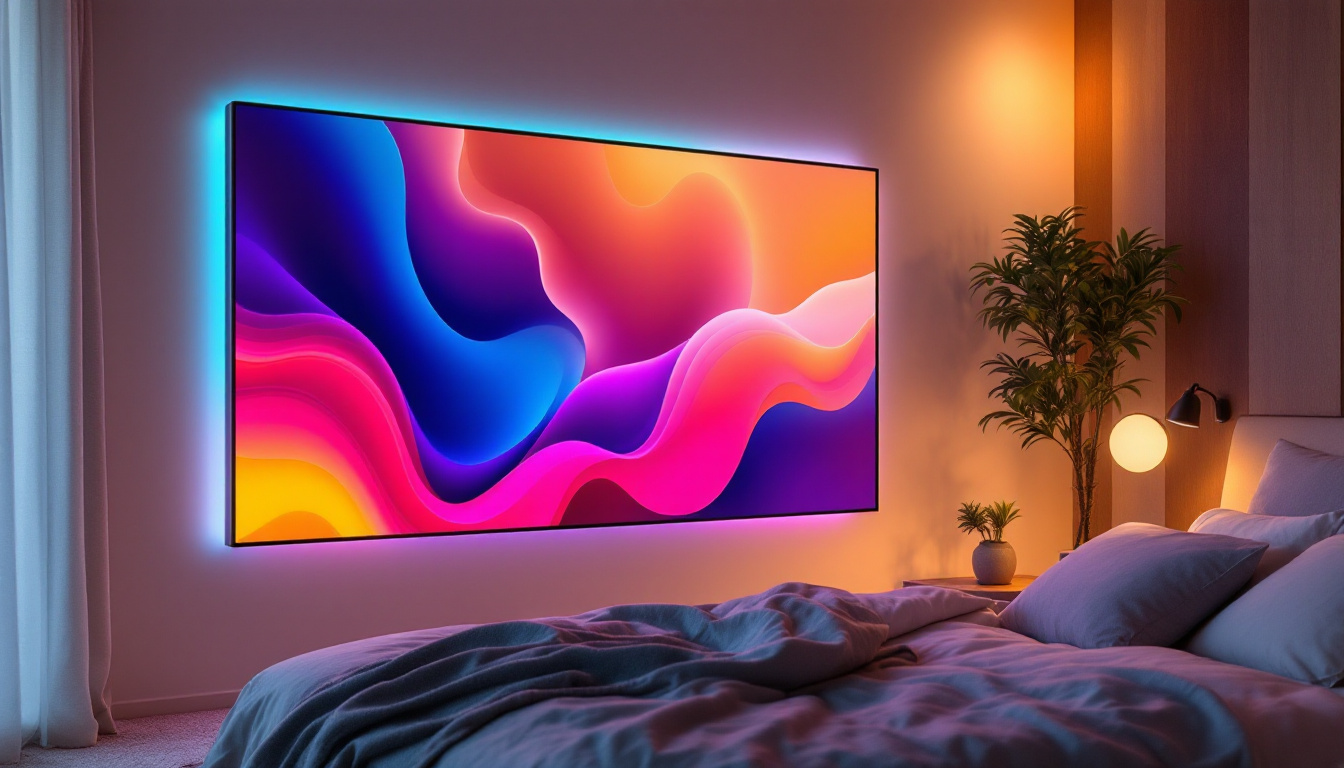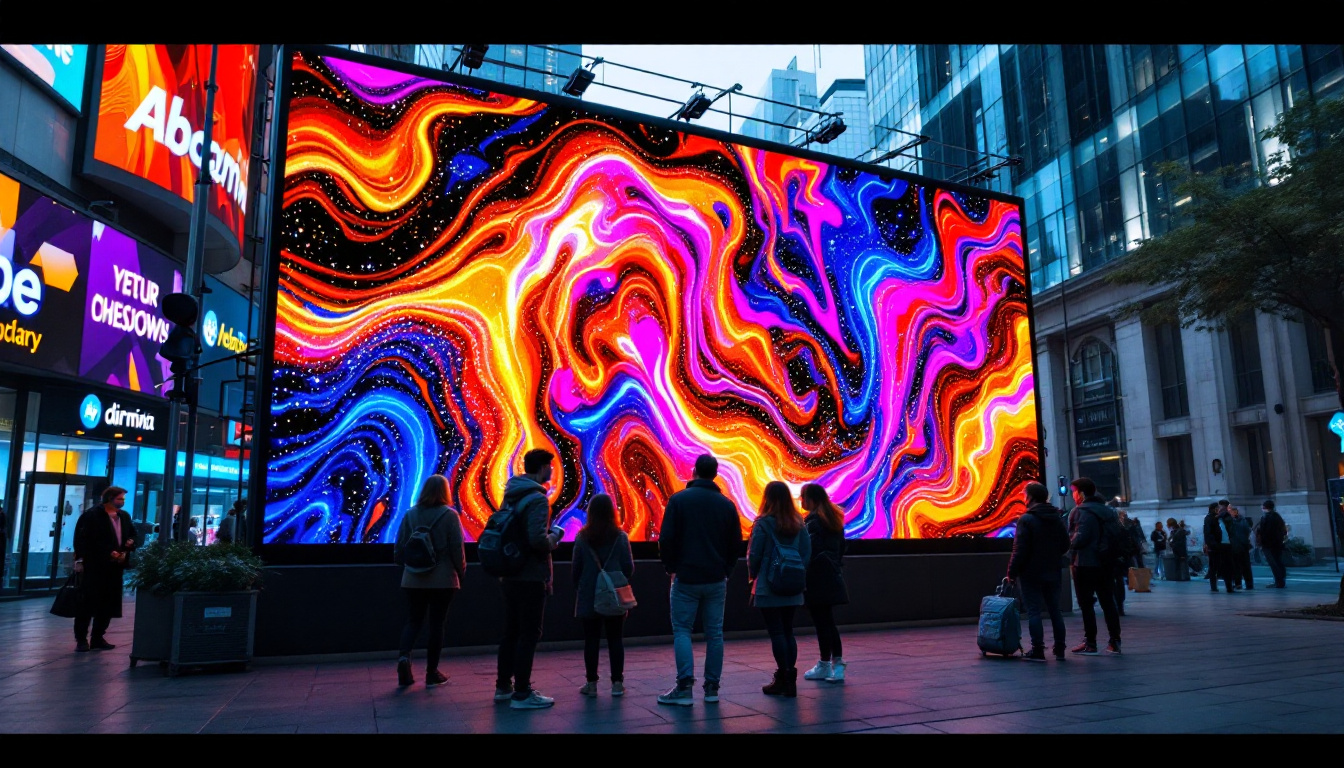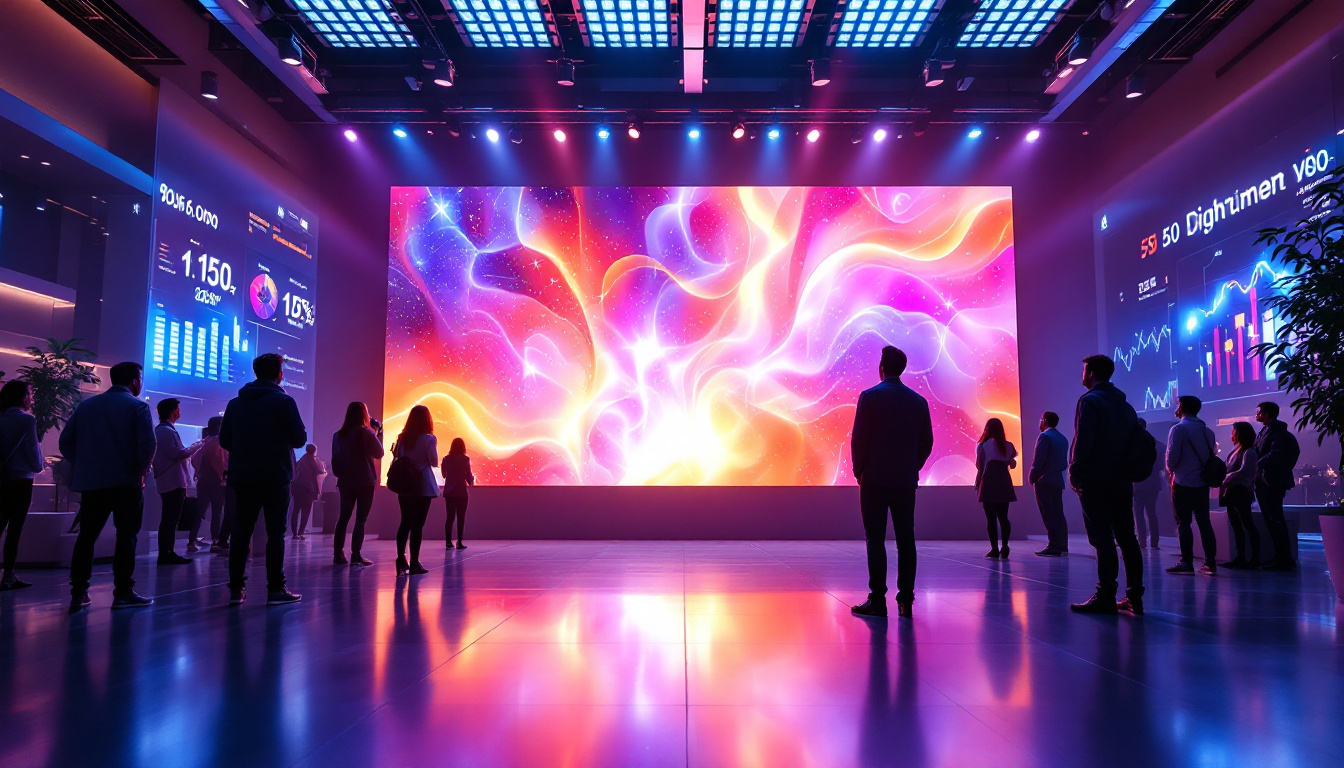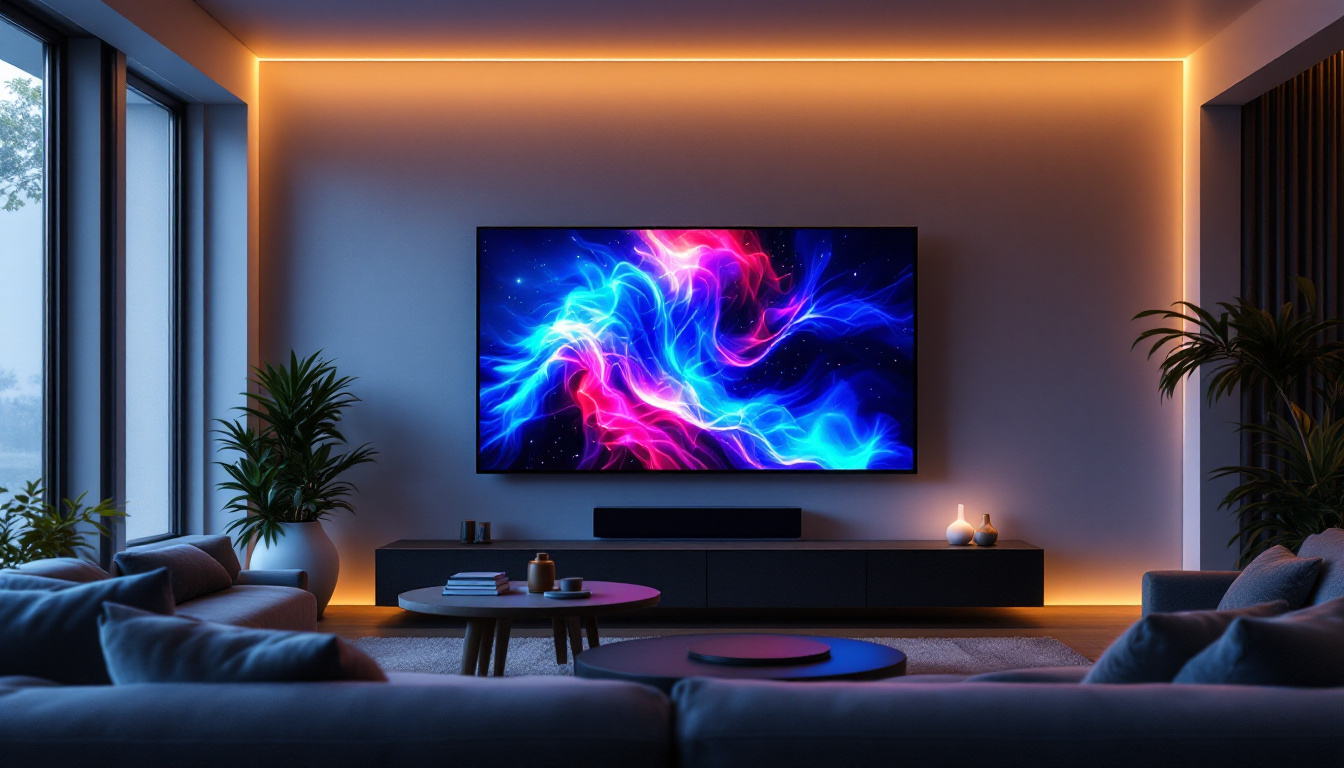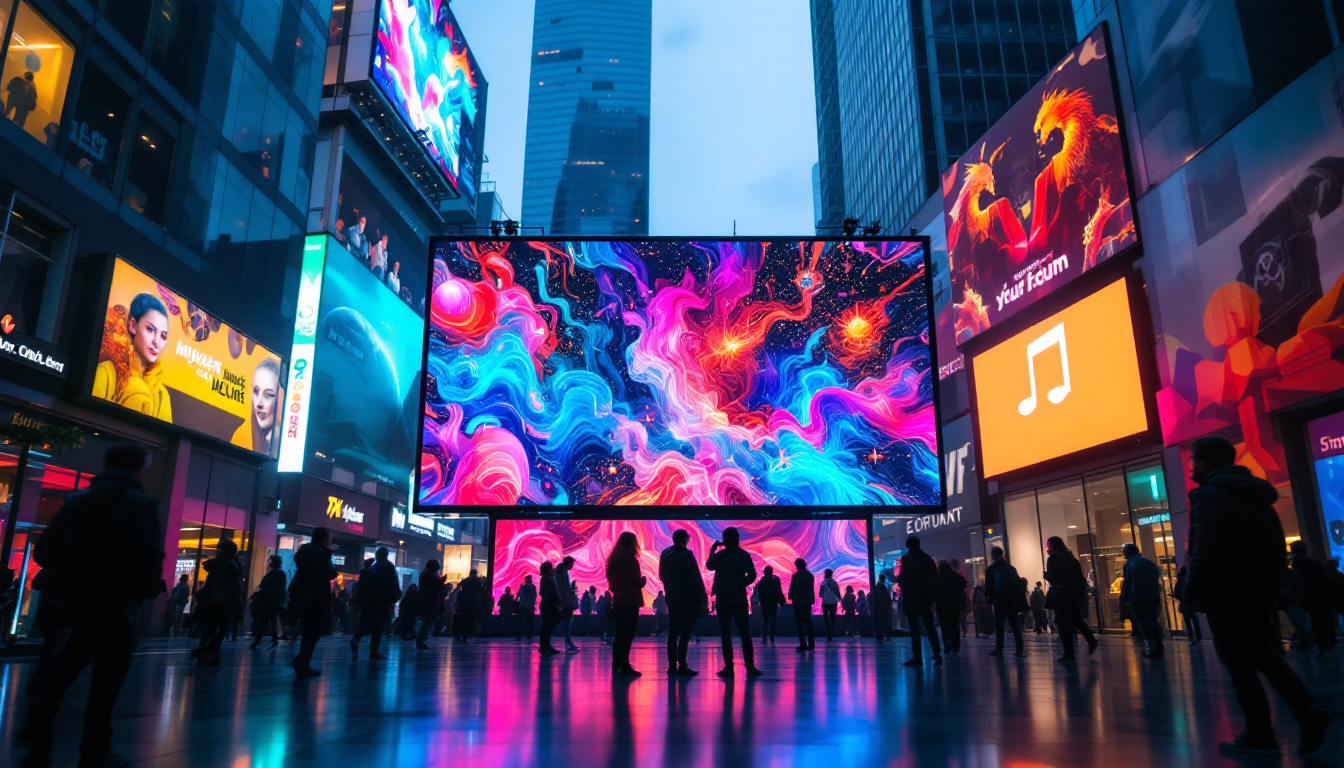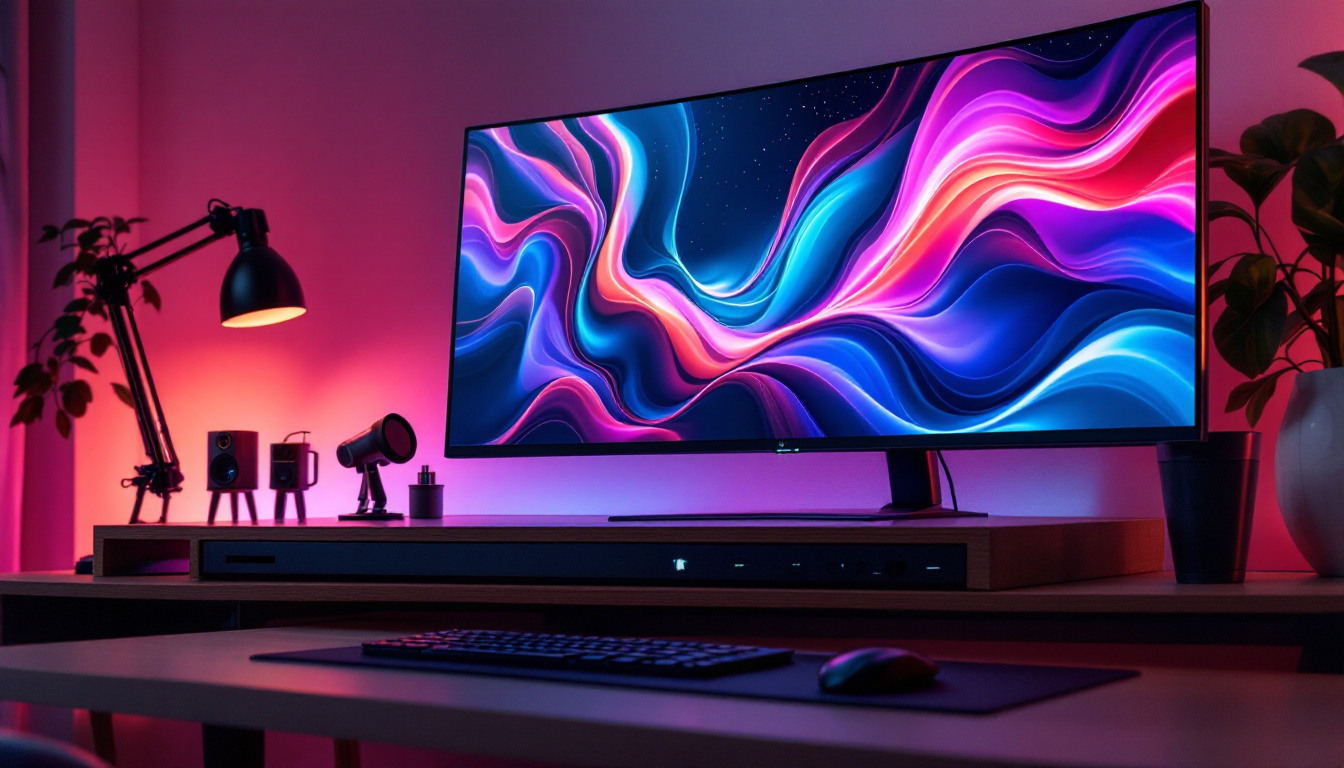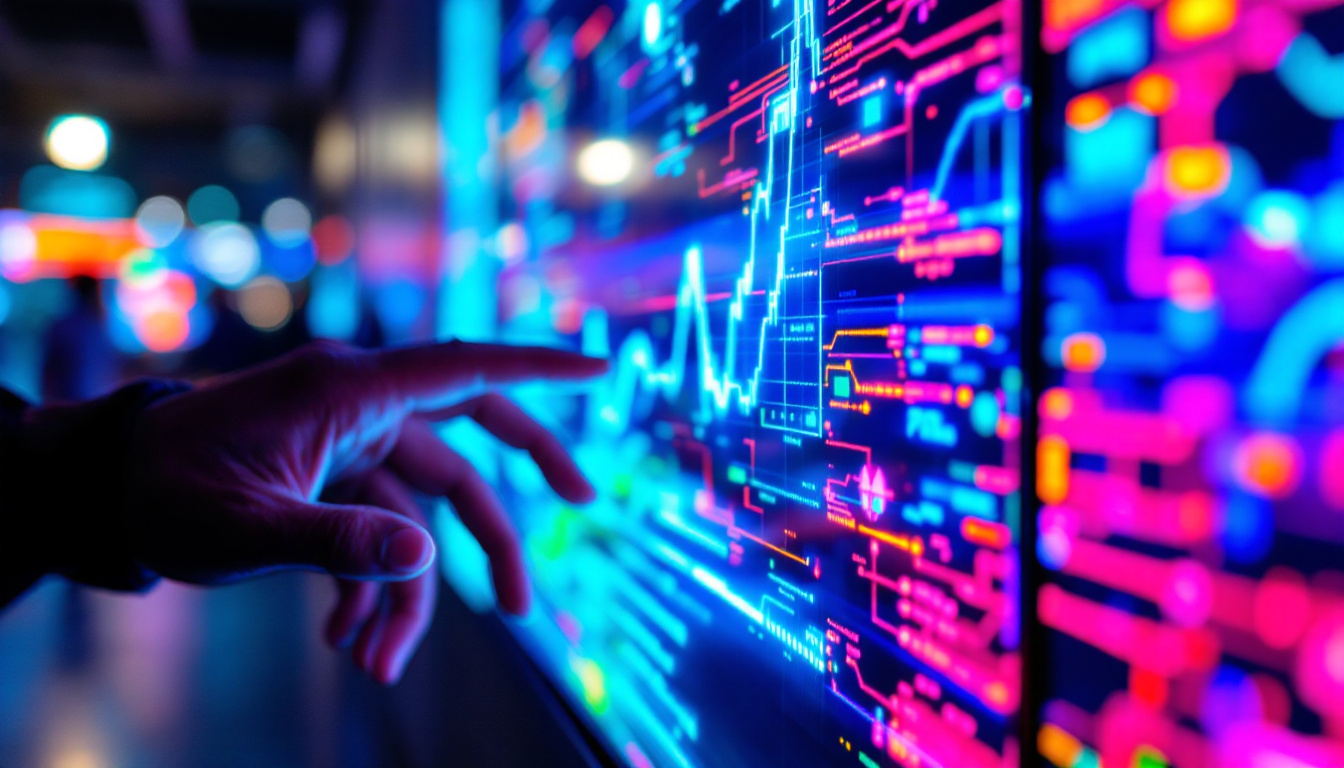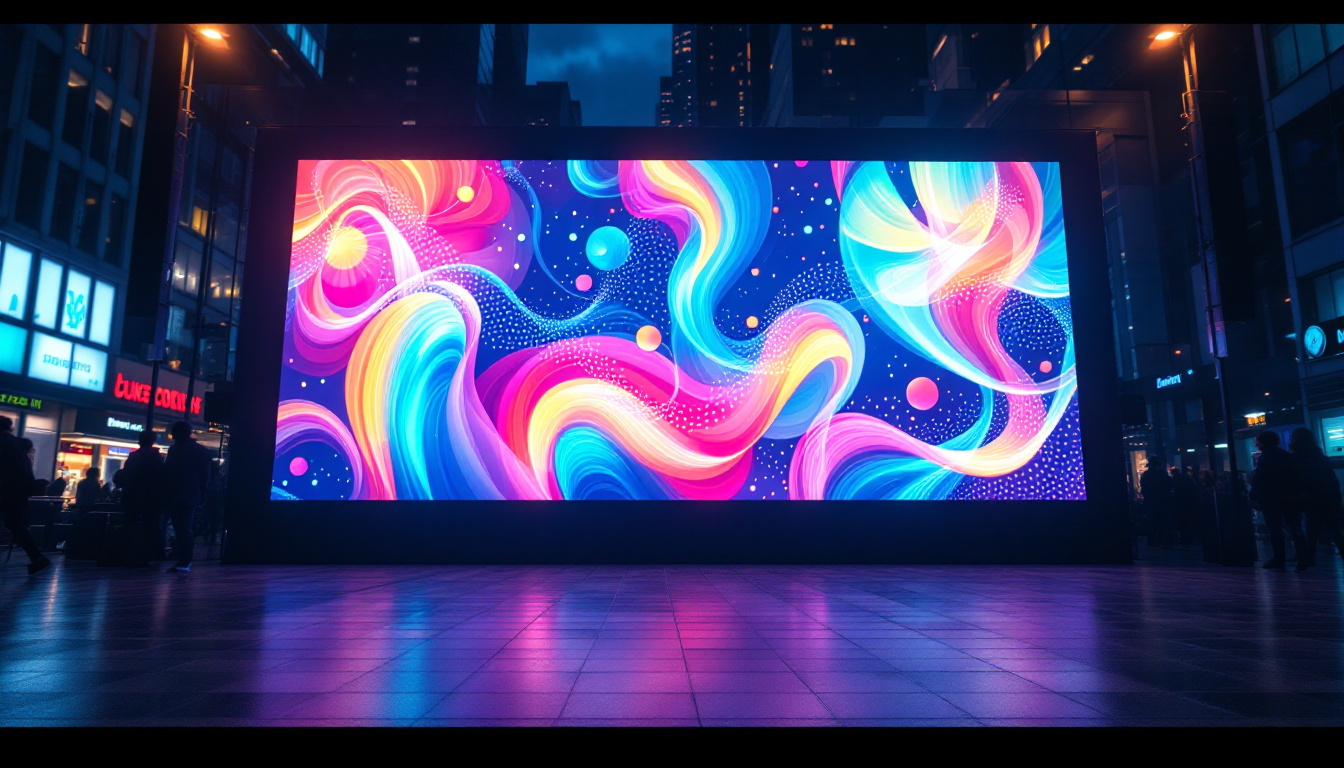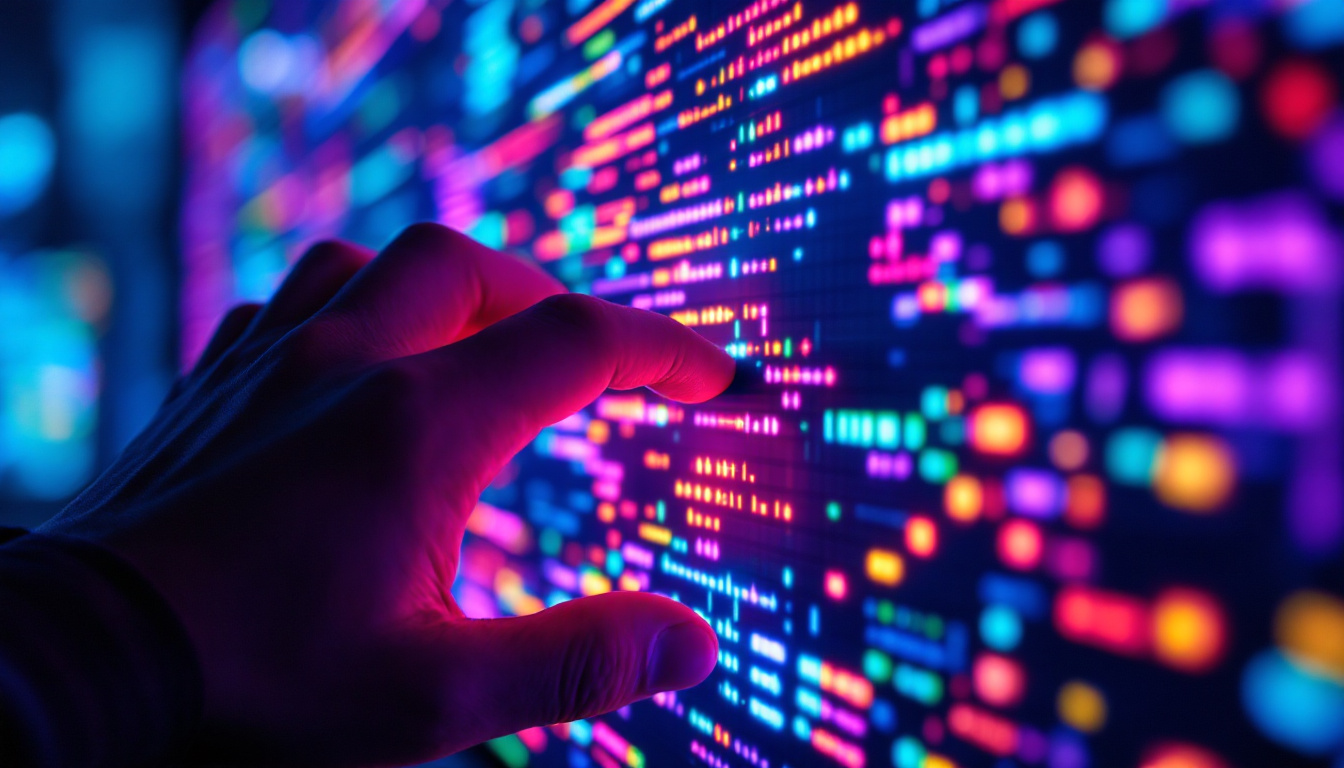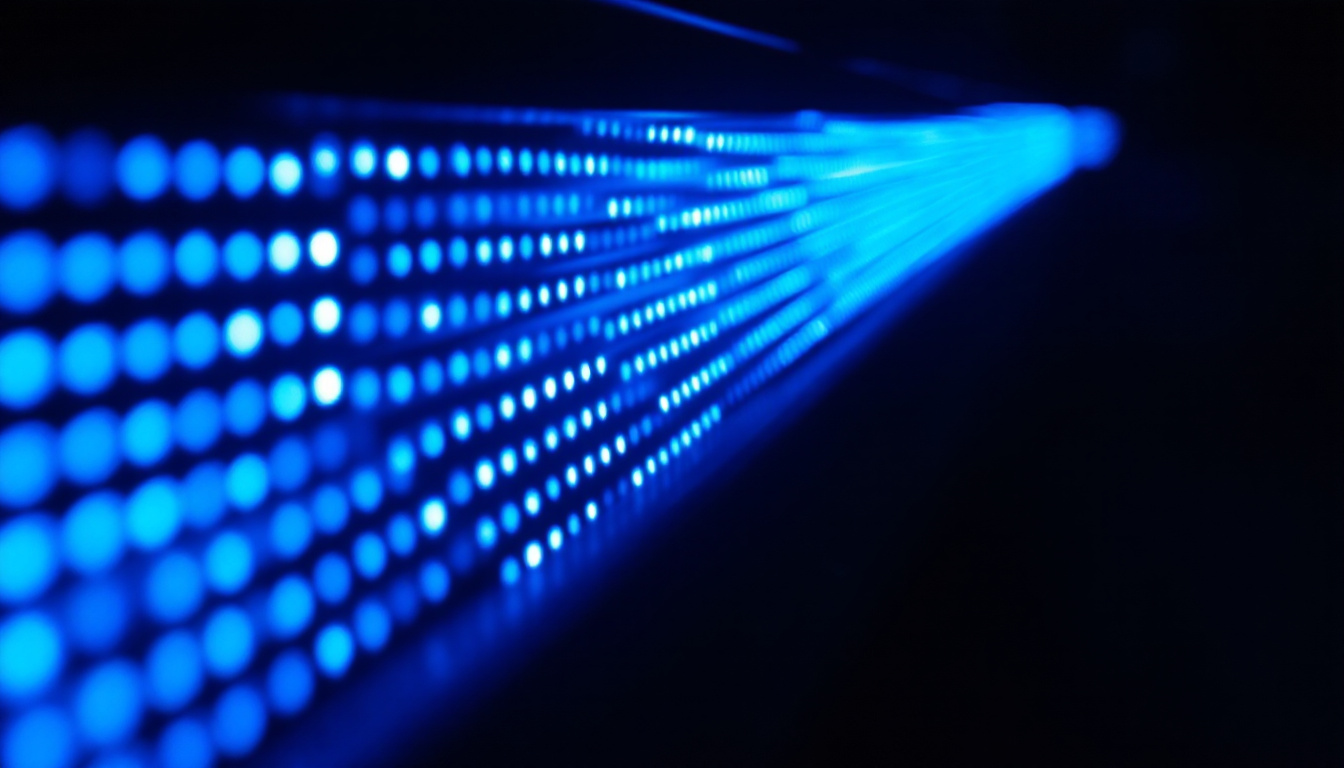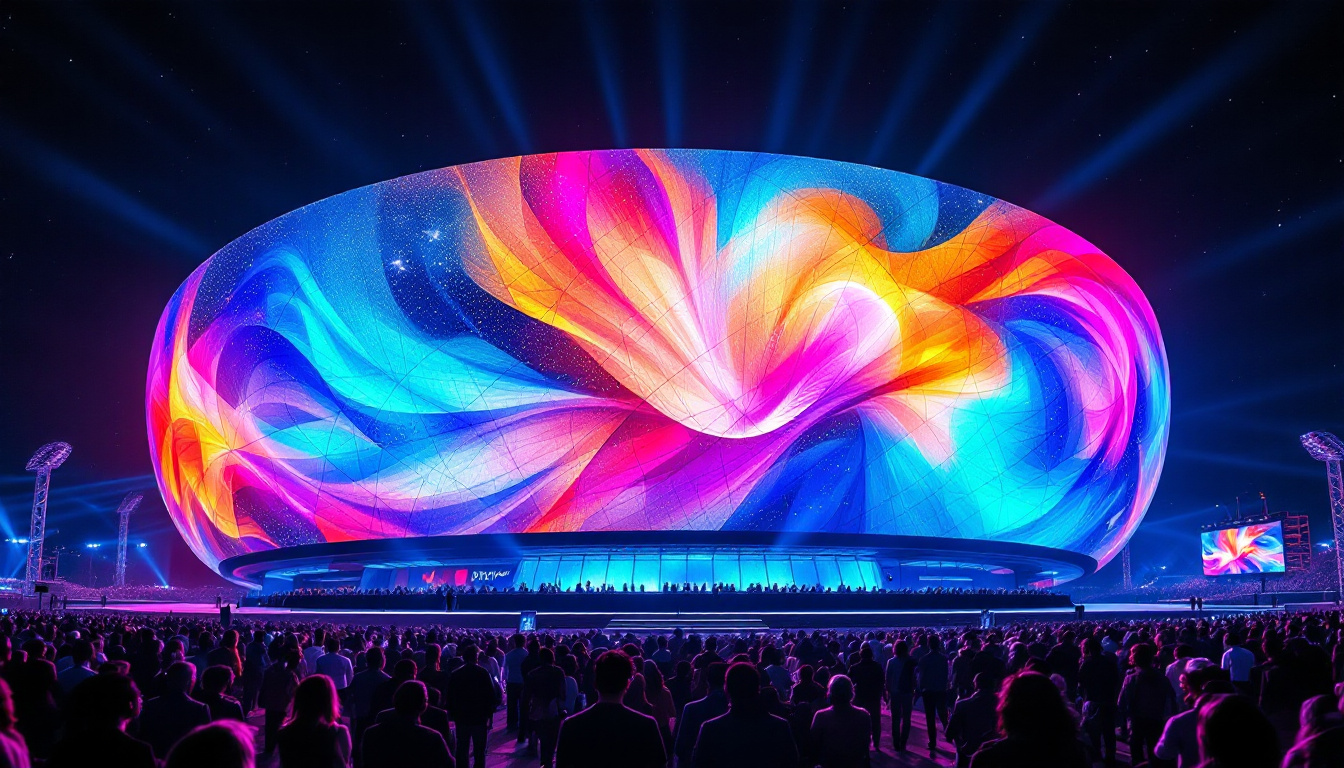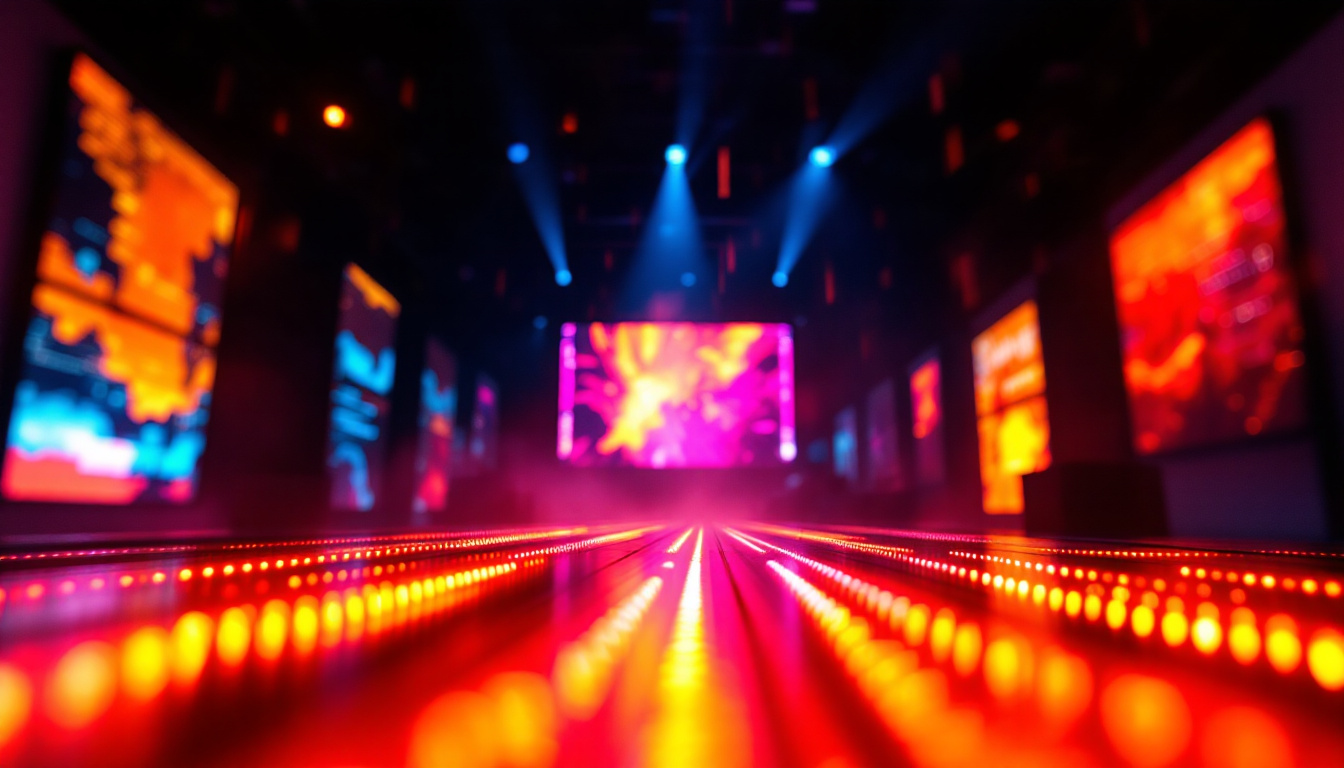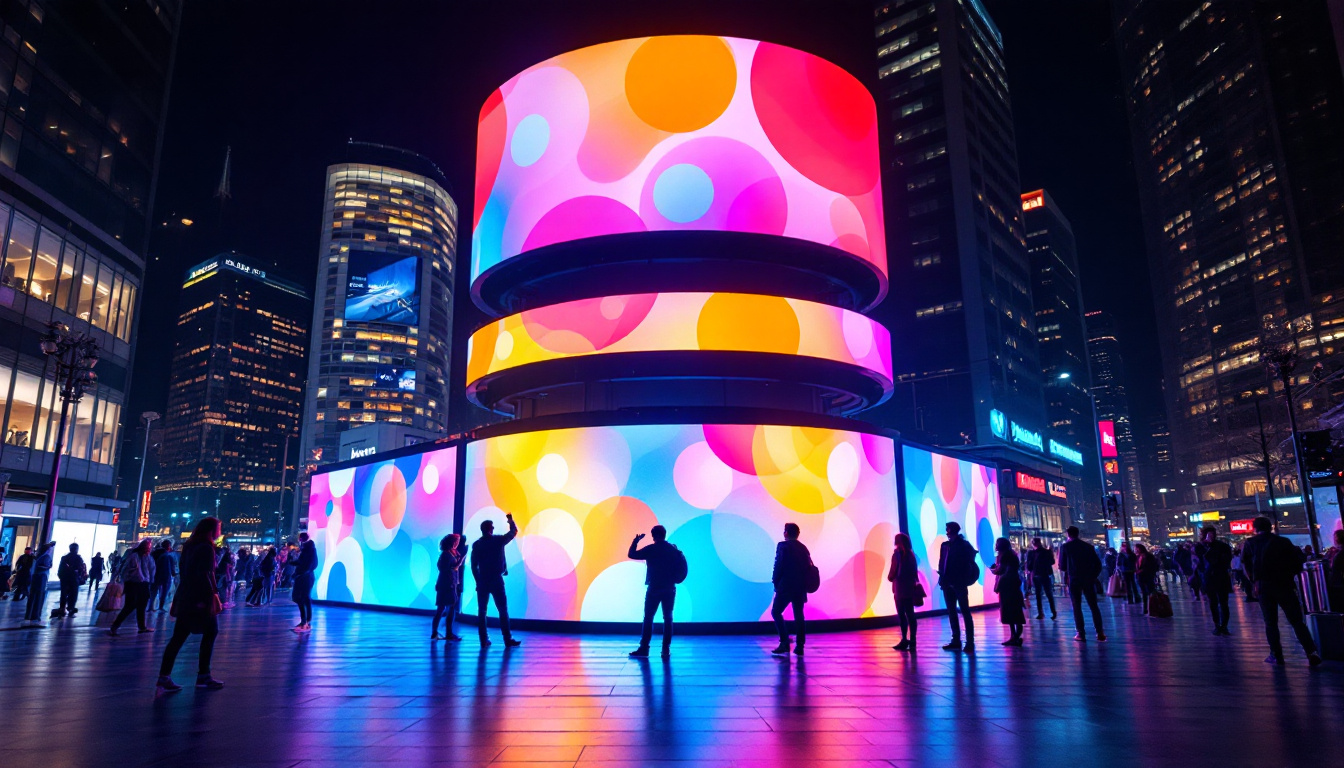In the realm of athletic training, the integration of technology has revolutionized the way athletes prepare for competition. One of the most significant advancements in this area is the use of LED displays. These displays have become essential tools in performance indoor training facilities, providing real-time feedback and enhancing the training experience. This article delves into the various aspects of LED displays in indoor training environments, particularly in Plano, Texas.
The Role of LED Displays in Indoor Training
LED displays serve multiple purposes in indoor training facilities, from providing visual feedback to creating an engaging atmosphere. Their versatility makes them invaluable for athletes, coaches, and trainers alike.
Real-Time Performance Tracking
One of the primary functions of LED displays is to offer real-time performance tracking. Athletes can monitor their metrics, such as speed, heart rate, and distance, during their training sessions. This immediate feedback allows athletes to make adjustments on the fly, optimizing their performance and ensuring they are on track to meet their goals.
For instance, in a sprinting drill, an athlete can see their split times displayed on the LED screen. This information enables them to assess their pacing and make necessary adjustments to improve their overall speed. Coaches can also utilize this data to provide instant feedback, enhancing the training process.
Enhanced Engagement and Motivation
LED displays also play a crucial role in enhancing engagement and motivation among athletes. The vibrant visuals and dynamic content can create an exciting training environment. By displaying motivational quotes, team achievements, or even live leaderboards, these displays can inspire athletes to push their limits.
Moreover, gamifying training sessions through LED displays can foster a competitive spirit. For example, athletes can compete against each other or their personal bests, with their results showcased on the screen. This not only motivates individual athletes but also promotes camaraderie among team members.
Visual Learning and Technique Improvement
visual learning is a powerful tool in sports training, and LED displays facilitate this process effectively. Coaches can use the screens to analyze techniques, showing athletes slow-motion replays or side-by-side comparisons of their movements with those of elite athletes. This visual feedback helps athletes understand their strengths and weaknesses, allowing for targeted improvements.
For example, a basketball coach might display footage of a player’s shooting technique alongside a professional player’s technique. This comparison can highlight areas for improvement, making it easier for the athlete to grasp the necessary adjustments to enhance their performance.
Types of LED Displays Used in Training Facilities
Various types of LED displays are utilized in performance indoor training facilities, each serving unique functions. Understanding these different types can help facilities choose the right display for their specific needs.
Scoreboards and Leaderboards
Scoreboards and leaderboards are essential components of many training facilities. These displays not only keep track of scores during practice games but also showcase individual and team performance metrics. By displaying rankings and statistics, athletes can see how they stack up against their peers, fostering a competitive atmosphere.
In addition, these displays can be programmed to show various metrics, such as points scored, assists, or even fitness levels. This versatility makes them valuable for a wide range of sports, from basketball to soccer.
Instructional Displays
Instructional displays are designed to provide athletes with guidance during their training sessions. These screens can show drills, exercises, and techniques, ensuring that athletes understand the tasks at hand. By providing clear visual instructions, coaches can minimize confusion and enhance the effectiveness of training.
For instance, a soccer coach might display a diagram of a specific play or formation on the LED screen, allowing players to visualize their roles and responsibilities. This clarity can lead to more efficient practices and better on-field performance.
Interactive Displays
Interactive displays take training to the next level by allowing athletes to engage directly with the content. These screens can feature touch-sensitive technology, enabling athletes to select drills, view performance metrics, or even participate in virtual training sessions.
For example, an interactive display might allow a swimmer to select different training modules, such as stroke analysis or endurance drills, tailoring their training experience to their specific needs. This level of interactivity can significantly enhance the training process, making it more personalized and effective.
Benefits of LED Displays in Performance Training
The integration of LED displays into performance training facilities offers a multitude of benefits that extend beyond mere aesthetics. These advantages contribute to improving athletic performance and enhancing the overall training experience.
Improved Communication
effective communication is vital in any training environment. LED displays facilitate better communication between coaches and athletes by providing a common visual reference. This shared understanding can lead to more productive training sessions and improved outcomes.
For example, during a team practice, a coach can display strategies or plays on the screen for all players to see. This visual aid ensures that everyone is on the same page, reducing misunderstandings and enhancing teamwork.
Data-Driven Training
data-driven training is becoming increasingly popular in the sports world. LED displays enable facilities to collect and analyze performance data, leading to more informed training decisions. By leveraging this data, coaches can tailor training programs to meet the specific needs of each athlete.
For instance, if a particular athlete consistently struggles with endurance, coaches can adjust their training regimen based on the data displayed on the LED screen. This personalized approach can lead to significant improvements in performance over time.
Increased Safety
Safety is a top priority in any training environment. LED displays can contribute to this by providing crucial information regarding training conditions, such as temperature and humidity levels. By displaying these metrics, athletes and coaches can make informed decisions about training intensity and duration, reducing the risk of injuries.
Additionally, during high-intensity training sessions, LED screens can serve as reminders for athletes to stay hydrated or take breaks, further promoting safety and well-being.
Challenges and Considerations
While the benefits of LED displays in performance indoor training are substantial, there are also challenges and considerations that facilities must address. Understanding these factors is essential for successful implementation.
Cost and Budgeting
The initial investment in LED display technology can be significant. Facilities must carefully consider their budgets and weigh the potential return on investment. While the benefits are clear, the upfront costs can be a barrier for some organizations.
To mitigate this challenge, facilities can explore financing options or phased implementations, gradually incorporating LED displays into their training environments. This approach allows for a more manageable financial commitment while still reaping the benefits of the technology.
Technical Maintenance
Like any technology, LED displays require maintenance to ensure optimal performance. Facilities must be prepared to allocate resources for regular upkeep, including cleaning, software updates, and repairs. Failure to maintain these systems can lead to diminished performance and reliability.
Establishing a maintenance schedule and partnering with experienced technicians can help facilities manage this aspect effectively. By prioritizing maintenance, facilities can extend the lifespan of their LED displays and maximize their investment.
Training Staff and Athletes
Introducing LED displays into a training facility necessitates training for both staff and athletes. Coaches and trainers must be proficient in using the technology to maximize its benefits. Additionally, athletes need guidance on how to interpret the data displayed on the screens.
Implementing training sessions and workshops can help ensure that everyone is comfortable with the technology. This investment in education will lead to a more seamless integration of LED displays into the training process.
Future Trends in LED Displays for Training Facilities
The landscape of LED displays in performance indoor training is continually evolving. As technology advances, new trends are emerging that promise to further enhance the training experience.
Integration with Wearable Technology
One of the most exciting trends is the integration of LED displays with wearable technology. As athletes increasingly use wearables to track their performance metrics, the ability to display this data in real-time on LED screens will become more common.
This integration will allow for a more comprehensive view of an athlete’s performance, enabling coaches to make data-driven decisions on the spot. Imagine a training session where an athlete’s heart rate, speed, and other metrics are displayed live on the screen, providing immediate feedback and insights.
Augmented Reality Applications
Augmented reality (AR) is another trend that holds great promise for training facilities. By combining LED displays with AR technology, athletes can experience immersive training environments that simulate real-world scenarios.
For instance, a football player could practice their agility and decision-making skills in a virtual game setting projected onto an LED screen. This innovative approach can enhance skill development and provide athletes with unique training experiences.
Customization and Personalization
As technology advances, the ability to customize and personalize LED displays will become increasingly sophisticated. Facilities will be able to tailor the content displayed on screens to meet the specific needs of individual athletes or teams.
This level of personalization can significantly enhance the training experience, allowing athletes to focus on their unique goals and challenges. Whether it’s displaying specific drills, performance metrics, or motivational content, the future of LED displays in training facilities looks promising.
Conclusion
LED displays have transformed the landscape of performance indoor training facilities, offering numerous benefits that enhance the training experience for athletes and coaches alike. From real-time performance tracking to improved communication and safety, these displays play a crucial role in modern athletic training.
As technology continues to evolve, the potential for LED displays in training environments will only grow. By staying informed about the latest trends and advancements, facilities can ensure they are equipped with the tools necessary to support athletes in their pursuit of excellence.
In Plano, Texas, where athletic performance is highly valued, the adoption of LED display technology in indoor training facilities is a step toward creating a competitive edge. Embracing these innovations will undoubtedly lead to improved performance and a more engaging training atmosphere for all involved.
Discover the Future of Training with LumenMatrix
Ready to elevate your training facility to the next level? Explore LumenMatrix’s innovative LED display solutions and transform your indoor training environment. With our cutting-edge technology, including Indoor and Outdoor LED Wall Displays, Vehicle LED Displays, and specialized LED Sports Displays, you can create an immersive and dynamic experience that motivates athletes and enhances performance. Embrace the power of visual communication with LumenMatrix and give your athletes the competitive edge they deserve. Check out LumenMatrix LED Display Solutions today and step into the future of athletic training.

